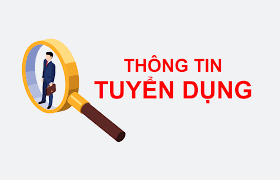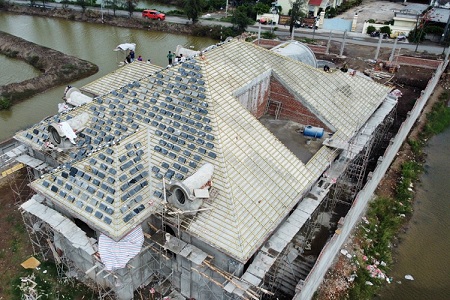Iron and steel market stuck between Russia and China
The first factor (blockade in China) puts downward pressure on prices, because China's steel output may decrease due to some production shutdowns, such as Tangshan, as well as the ability to affect prices. affect economic growth.
The second factor (Russia and Ukraine) can put upward pressure on prices, which can also cause prices to decrease, depending on how the conflict between these two countries develops.
Both Russia and Ukraine are major steel exporters, with Russia exporting around 28 million tons/year in recent years, second only to Japan, although far behind the number one producer, China, which exports 52.63 million tons of steel products in 2021, according to official data.
Ukraine exports about 15 million tons of steel a year, ranking 8th and also the 5th largest exporter of iron ore in the world, although its volume is small compared to leading exporters Australia and Brazil.
According to research by Refinitiv, Ukraine exported 21.26 million tons of iron ore in 2021, or about 2.5% of the 884 million tons that Australia exported.
Since Russia carried out "Special Operation" in neighboring Ukraine on February 24, international customers have stopped buying the country's steel, although it may take several months before the full impact is reached. of sanctions became apparent.
Ukraine's iron and steel shipments have also been affected, as some major seaports are close to the conflict zones, making ship owners, insurance companies and traders reluctant to go through those ports.
This looks positive for iron ore and steel prices, as supply is likely to tighten, especially in Europe, which consumes most of its supply from Russia and Ukraine.
However, it could also cause Russian steel to shift more to Asia, as exporters seek new markets for products that are no longer bought by Europeans. That, once it happens, could shake up Asia's steel market, especially if Russian products are heavily discounted and become much cheaper than products from traditional Chinese suppliers. regions, are China, India, Japan and Korea.
On the contrary, Asian exporters may find new opportunities to export to Europe, especially if European steel mills are constrained by rising energy costs, hindering their steel production activities. themselves.
Overall, the impact of Russia's likely exclusion from much of the European steel market will also be felt in Asia, and a re-correction of trade flows is expected.
Much of those possibilities will also depend on China's future steel demand, how long the country's anti-Covid-19 blockade will last, and whether there is a subsequent increase in steel requirements. stimulus program (aggressive spending on infrastructure) or not, as Beijing tries to regain economic momentum.























